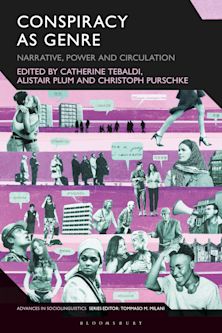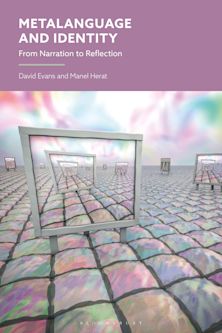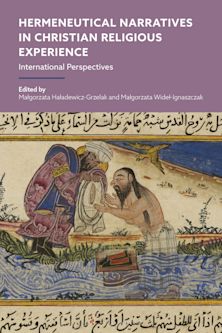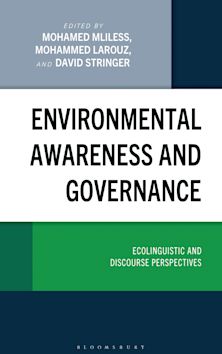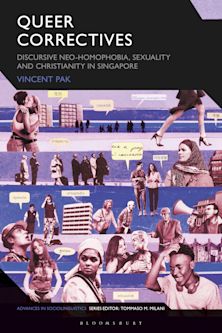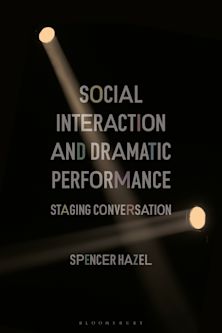- Home
- ACADEMIC
- Linguistics
- Discourse Analysis
- Circus as Multimodal Discourse
You must sign in to add this item to your wishlist. Please sign in or create an account
Description
Now available in paperback, this volume presents a theory of the circus as a secular ritual and introduces a method to analyze its performances as multimodal discourse.
The book's fifteen chapters cover the range of circus specialties (magic, domestic and wild animal training, acrobatics, and clowning) and provide examples to show how cultural meaning is produced, extended and amplified by circus performances. Bouissac is one of the world's leading authorities on circus ethnography and semiotics and this work is grounded on research conducted over a 50 year span in Europe, Asia, Australia and the Americas.
It concludes with a reflection on the potentially subversive power of this discourse and its contemporary use by activists. Throughout, it endeavours to develop an analytical approach that is mindful of the epistemological traps of both positivism and postmodernist license. It brings semiotics and ethnography to bear on the realm of the circus.
Table of Contents
1. Circus performances as rituals: participative ethnography
2. The 'textility' of circus acts: disentangling cognition and pleasure
3. Magic in the ring
4. Horses which speak, count, and laugh
5. Steeds and symbols: multimodal metaphors
6. The staging of actions: heroes, anti-heroes, and animal actors
7.Circus animals as symbols, actors, and persons
8. Dancing with tigers, lying with lions: translating biology into art
9. Clowns at work: a socio-critical discourse
10. The imaginary circus
11. Ideology and Politics in the Circus Ring
12. The post-animal circus
Conclusion
References
Index
Product details
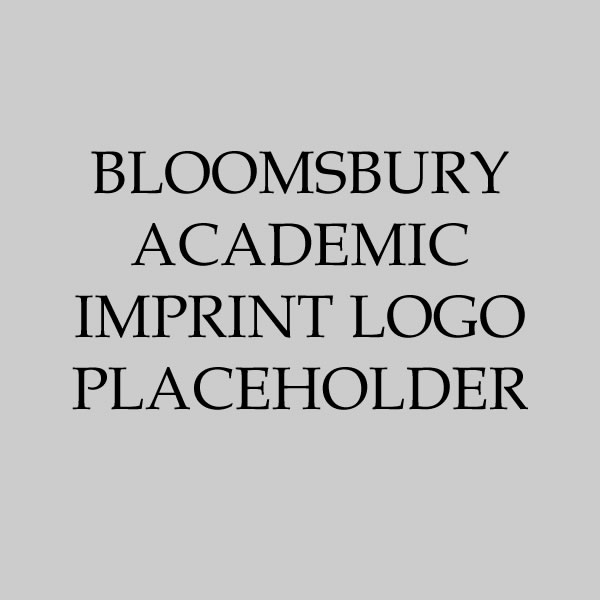
| Published | 11 Oct 2012 |
|---|---|
| Format | Ebook (PDF) |
| Edition | 1st |
| Extent | 288 |
| ISBN | 9781441102614 |
| Imprint | Bloomsbury Academic |
| Publisher | Bloomsbury Publishing |
About the contributors
Reviews
-
Bouissac's decades-long circus career combines with his semiotic expertise, producing an elucidating guide to the precedents and developments of various circus acts and their hitherto unspoken modes of communication.
Theatre Research International

















